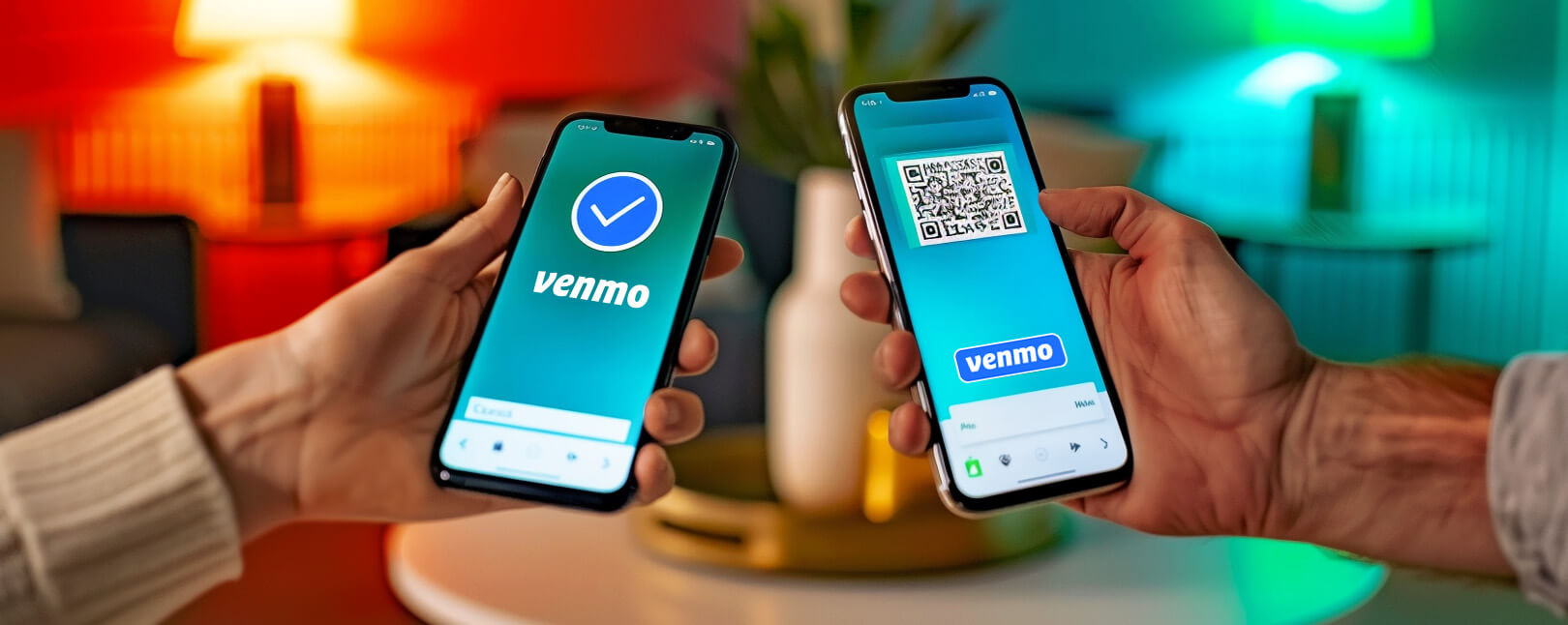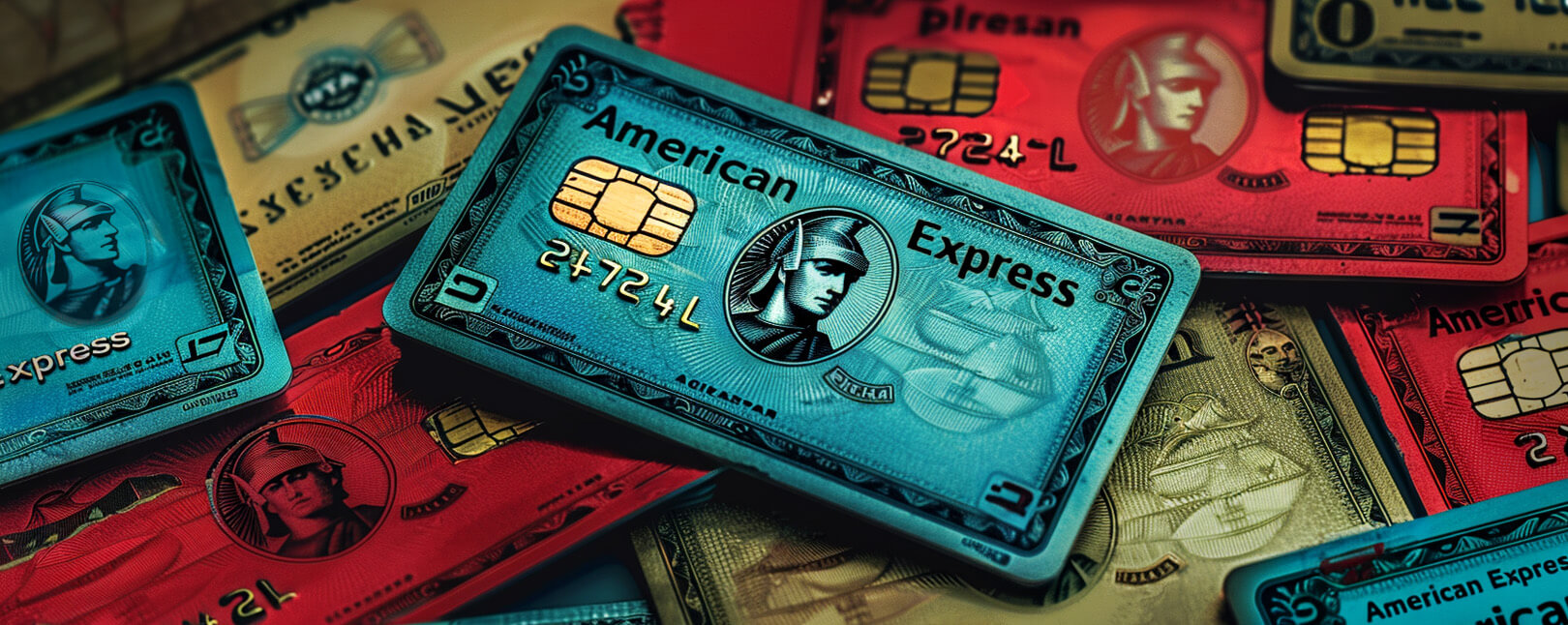What is a Card-Not-Present Chargeback? Here’s How to Make Sense of Them
A card-not-present transaction occurs when a purchase is made without the physical card being processed through a card reader or terminal, and no PIN is manually entered.
CNP transactions are carried out without the physical presence of the customer or their credit card for verification. This increases the likelihood of fraud and by extension, disputes and chargebacks.
But what does this actually mean? How are eCommerce transactions treated differently from in-person transactions, and how does this affect your bottom line? Let’s take a look.
Recommended reading
- Venmo Chargebacks: How Do Disputes Work on Venmo?
- Bank of America Disputes: Here's What You Need to Know
- Wells Fargo Disputes: Chargeback Rules & Things to Know
- American Express Chargebacks: Rules & Time Limits & More
- Stripe Chargeback Guide: Time Limits & Other Info You Need
- What is a Bank Chargeback? What Makes Them Different?
What is a Card-Not-Present Chargeback?
- Card-Not-Present Chargeback
A card-not-present chargeback is a payment reversal conducted by a bank in response to a card-not-present (i.e. online) purchase. This could happen as a result of fraud or merchant abuse.
[noun]/kard • not • prez • uhnt • chahrj • bak/The chargeback process allows for cardholders to recover funds in the event of fraud or abuse. For example, if a criminal completes a purchase using stolen payment card information, the cardholder could file a chargeback to get their money back.
That said, card-not-present chargebacks tend to happen for a variety of reasons that are unique to the online shopping experience (more on this below). They also tend to be more complicated and costly for merchants, too.
When a cardholder files a card-not-present chargeback against you, the funds from the transaction get automatically pulled from your bank account. You lose the sales revenue, plus any merchandise shipped and the cost of overhead expenses like shipping and interchange. You’ll also get hit with a chargeback fee assessed by the bank.
How are Card-Not-Present Chargebacks Different From Card-Present Chargebacks?
Card-not-present chargebacks differ from card-present chargebacks in several key ways owing to the unique nature of remote transactions.
Here are just a few reasons card-not-present chargebacks are a bit more complicated than their card-present counterparts:
Complexity of Returning Goods
Returning purchased items can be a more involved process compared to in-store purchases. Customers can't simply walk into a store to return an item. They must navigate shipping and handling processes, which can deter returns and lead to chargebacks. This barrier can frustrate customers and encourage them to dispute charges, rather than return the product.
Difficulty Identifying Charges
Customers may struggle to recognize charges on their bank statements from online purchases, especially if the merchant name appears differently from the online store's name. This confusion can lead to an increased likelihood of customers disputing charges. They don't recall the transaction or don't associate the charge with their purchase.
Higher Volume of Transactions
The convenience of online shopping leads to a higher volume of transactions compared to traditional brick-and-mortar stores. With more transactions, there's a greater probability of encountering dissatisfied customers. This could be due to delayed shipping, product dissatisfaction, or customer service issues. This increase in transactions inherently raises the chances of chargebacks.
Increased Opportunity for Fraud
CNP transactions lack the physical verification of the card and cardholder, making them more susceptible to fraud. Fraudsters can exploit stolen card information to make unauthorized purchases online. When the true cardholder notices these fraudulent transactions, they will likely initiate a chargeback to recover the stolen funds.
Disputes Over Service Quality
With CNP transactions, disputes over the quality of service or the product received become more common. For instance, if a customer feels that the product delivered doesn't match its online description or that the service promised was not rendered satisfactorily. The buyer might opt for a chargeback instead of seeking a resolution through customer service channels.
At the end of the day, card-not-present chargebacks allow more wiggle room for unforeseen issues or conflicts that a traditional card-present transaction would lack. When you aren’t facing your customers over a retail counter, it’s a lot harder to guarantee they are who they say they are and guarantee that they are satisfied with a purchase.
Card-Not-Present Chargebacks & Cardholder Abuse
Identity theft and criminal credit card fraud are real and growing problems, particularly in the card-not-present space. That said, the “crooks” to blame for unwarranted card-not-present chargebacks are, in many cases, legitimate cardholders.
Unfortunately, it’s increasingly common for customers who want instant gratification and easy returns to abuse the process. Chargeback fraud happens when customers deliberately file illegitimate disputes using fraudulent information. There are multiple ways this could happen:
- The cardholder believes a chargeback and a refund are the same thing.
- The cardholder may not understand that inquiring about a charge can initiate a dispute.
- An unrecognized charge might have been made by another member of the household.
- A vague billing descriptor could keep them from identifying the purchase.
- You, the merchant, could’ve made an error, such as keying in a number incorrectly.

Unlike an in-store purchase, card-not-present chargebacks provide very little incentive for the cardholder to actually return the merchandise. A sneaky cardholder could purchase a high-ticket item, then call the bank and say it was never delivered. Unless you can prove the claim is false, the fraudster keeps the money and the goods.
Worst of all, once customers figure out how chargeback fraud works, they tend to repeat the process. Roughly half of cardholders who successfully file a dispute will try it again within 90 days.
Top 10 Tips to Prevent Card-Not-Present Chargebacks
That raises the question: Is it even possible to prevent card-not-present chargebacks?
Yes. There are steps you can take to lower your risk of accepting an invalid payment or committing some error that will lead to a CNP chargeback. You’ll need to start taking steps long before the transaction happens, though. We recommend implementing these ten steps that may help prevent your next chargeback:
#1 | Make Billing Descriptors Obvious
A common reason for chargebacks is confusion over unrecognized charges. Make sure your business name and contact information are clear and recognizable on customer statements to significantly reduce chargeback disputes that originate from confusion.
#2 | Implement Alerts
Setting up chargeback alerts can help keep you informed. These services notify you when a chargeback is initiated, providing an opportunity to address the customer's concern directly and potentially issue a refund before the chargeback process escalates.
#3 | Up Your Customer Service Game
Exceptional customer service is a first-line defense against chargebacks. Prompt responses to inquiries, easy-to-find contact information, and active engagement on social media platforms can resolve many issues before they escalate to chargebacks. A satisfied customer is a lot less likely to file a dispute.
#4 | Offer No-Hassle Refunds
A straightforward and customer-friendly return policy can deter customers from resorting to chargebacks. Providing “no-questions-asked” returns, and including prepaid return labels, makes the process convenient for customers. You’ll encourage them to seek a refund rather than filing a chargeback.
#5 | Communicate with Customers
Transparent communication throughout the customer journey can prevent misunderstandings that lead to chargebacks. Update customers on their order status, shipping delays, or any changes. Documenting these communications can also provide evidence in dispute resolutions.
#6 | Ask for Card Security Codes (CVV)
Requiring the CVV for transactions adds an extra layer of security, ensuring that the person making the purchase has physical access to the card. This step reduces the risk of fraudulent transactions, a common cause of chargebacks.
#7 | Use AVS
The Address Verification Service (AVS) compares the address provided by the customer with the address on file with the card issuer. Discrepancies can indicate fraudulent activity, allowing you to take additional verification steps before processing the transaction.
#8 | Implement 3-D Secure
3-D Secure technology adds another layer of authentication, protecting against unauthorized use. By verifying the cardholder's identity through a process that checks over 100 data points, businesses can significantly reduce the risk of fraud.
#9 | Look Out for Red Flags
Lookout for unusual purchasing patterns, such as high-volume orders, multiple shipping addresses, or deviations from a customer's typical behavior. These could indicate fraud or misuse, warranting additional verification.
#10 | Stay Up on Industry Regulations
The payments industry continually evolves with new technologies and regulations. Making sure your team is educated and compliant with the latest standards can prevent procedural chargebacks.
Can You Fight Invalid CNP Chargeback Claims?
Unfortunately, your options are limited when it comes to friendly fraud prevention. In most cases, your best bet is to engage with chargeback abuse through a process called representment. This will let you resubmit the transaction, along with additional supporting documents, to the bank in hopes that it will overturn the chargeback.
The more information you have about a dispute, the better your odds of winning a reversal. That’s true in every chargeback case. The problem is that a lot of information is unavailable to you at the time of the transaction in the card-not-present environment. You didn’t have access to the physical credit card, so you’re unable to:
After the sale, you may still find it hard to compile evidence. You’ll need as much shipping and delivery confirmation as you can get, plus anything else that proves the transaction was valid.
The representment process also involves complicated rules and tight deadlines. And, even if you win, you’ll still be saddled with chargeback fees and other expenses. All things considered, it’s no surprise that merchants tend to see limited success with chargeback representment.
Get Third-Party Help
The rules that govern the chargeback system are complicated, antiquated, and constantly shifting. It can be a full-time job just keeping current with regulations. Chargebacks coming from card-not-present fraud are worse, if for no other reason than there are so many potential triggers.
If you’re feeling overwhelmed by chargebacks, maybe it’s time to get back to the business of running your company. Chargebacks911® can take card-not-present chargebacks and other dispute issues completely off your plate and up your ROI. Contact us today to learn more.
FAQs
What does card-not-present charge mean?
A card-not-present (CNP) transaction occurs when a purchase is made without the physical card being processed through a card reader or terminal, and no PIN is manually entered.
Who is responsible for card-not-present transactions?
In card-not-present transactions, the merchant is typically liable for any fraud or chargebacks that occur, as they are responsible for verifying the cardholder's identity and the legitimacy of the transaction without the physical card being presented.
What is card-present and card-not-present?
Card-present transactions occur when a customer physically uses their card at a point of sale, allowing for direct verification of the card and cardholder. Card-not-present transactions happen remotely, such as online or over the phone, without the physical card or cardholder being directly verified by the merchant.
Do credit card companies really investigate unauthorized charges?
Yes, card networks do investigate unauthorized charges as part of the chargeback process, requiring merchants and issuing banks to provide evidence to determine the validity of the claim. However, the depth of investigation can vary based on the specific circumstances of each case.













